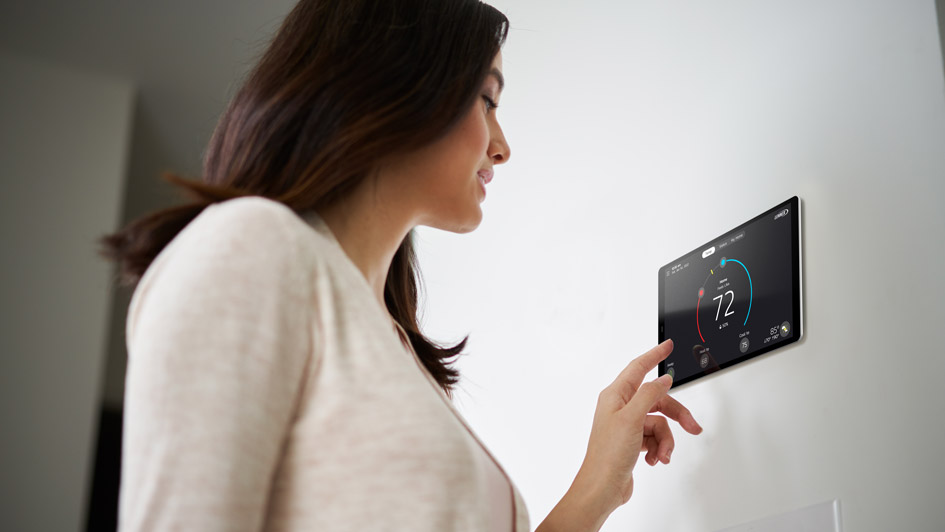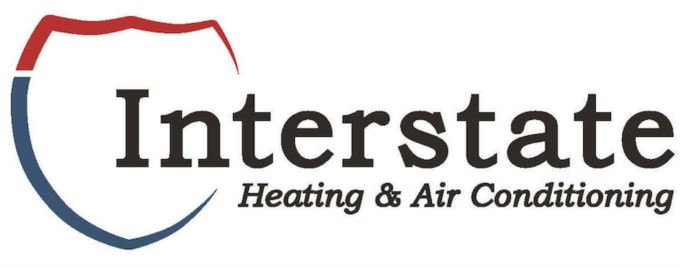
Once the weather begins to cool off, you are probably thinking about how you’ll take full advantage of your heating and cooling. After all, HVAC bills routinely make up a significant chunk of your monthly electric bill. To try and find ways to save, some people take a closer look at their thermostat. Maybe there’s a setting they should use to increase efficiency?
The bulk of thermostats come with a ‘Fan’ or ‘Fan On’ setting. But if the fan is running during a typical cycle, what can the fan setting provide for your HVAC system? This guide should help. We’ll review just what the fan setting is and how you can use it to save money during the summer or winter.
What Is the Fan Setting on My Thermostat?
For the majority of thermostats, the fan setting indicates that the HVAC blower fan stays on. Some furnaces may continue to generate heat at a low level in this setting, but for the most part heating or cooling isn’t being made. The ‘Auto’ setting, conversely, will turn on the fan during a heating or cooling cycle and turn it off when the cycle is over.
There are advantages and disadvantages to using the fan setting on your thermostat, and the ideal option {will|can|should]] depend on your distinct comfort requirements.
Advantages to trying the Fan/On setting:
- You can keep the temperature throughout your home more balanced by enabling the fan to keep running.
- Indoor air quality should improve as continuous airflow will keep passing airborne contaminants into the air filter.
- A smaller amount of start-stop cycles for the HVAC fan helps lengthen its life span. Because the air handler is usually part of the furnace, this means you can avoid needing furnace repair.
Disadvantages to utilizing the Fan/On setting:
- A nonstop fan will likely raise your energy costs by a small margin.
- Continuous airflow can clog your air filter in a shorter amount of time, increasing the frequency you should replace it.
{Choosing Between|Should My Thermostat Be on|Which Setting for My Thermostat? Fan or Auto in Summer/Winter
During the summer, warm air will sometimes linger in unfinished spaces like the attic or an attached garage. If you keep the fan running, your HVAC system may draw this warm air into the rest of your home, pushing the HVAC system to run longer to maintain the preferred temperature. In extreme heat, this could lead to needing AC repair more quickly as wear and tear grows.
The reverse can happen during the winter. Cooler spaces like a basement will hold onto cooler air, which can eventually make its way into the rest of your home. Leaving the fan setting on may pull more cold air upward, increasing the amount of heating you need to remain warm.
If you’re still trying to determine if you should use the fan/on setting, don’t forget that every home and family’s comfort needs are not the same. Leaving the HVAC system’s fan on could work for you if:
Someone in your household has allergies. Allergies and other respiratory conditions can be tough on the family. Leaving the fan on should help to increase indoor air quality, helping your family breathe easier.
Your home has hot and cold spots. All kinds of homes deal with persistent hot and cold spots that quickly evolve to a temperature different from the rest of the house. The fan setting might help lessen these changes by constantly refreshing each room’s supply of air.
